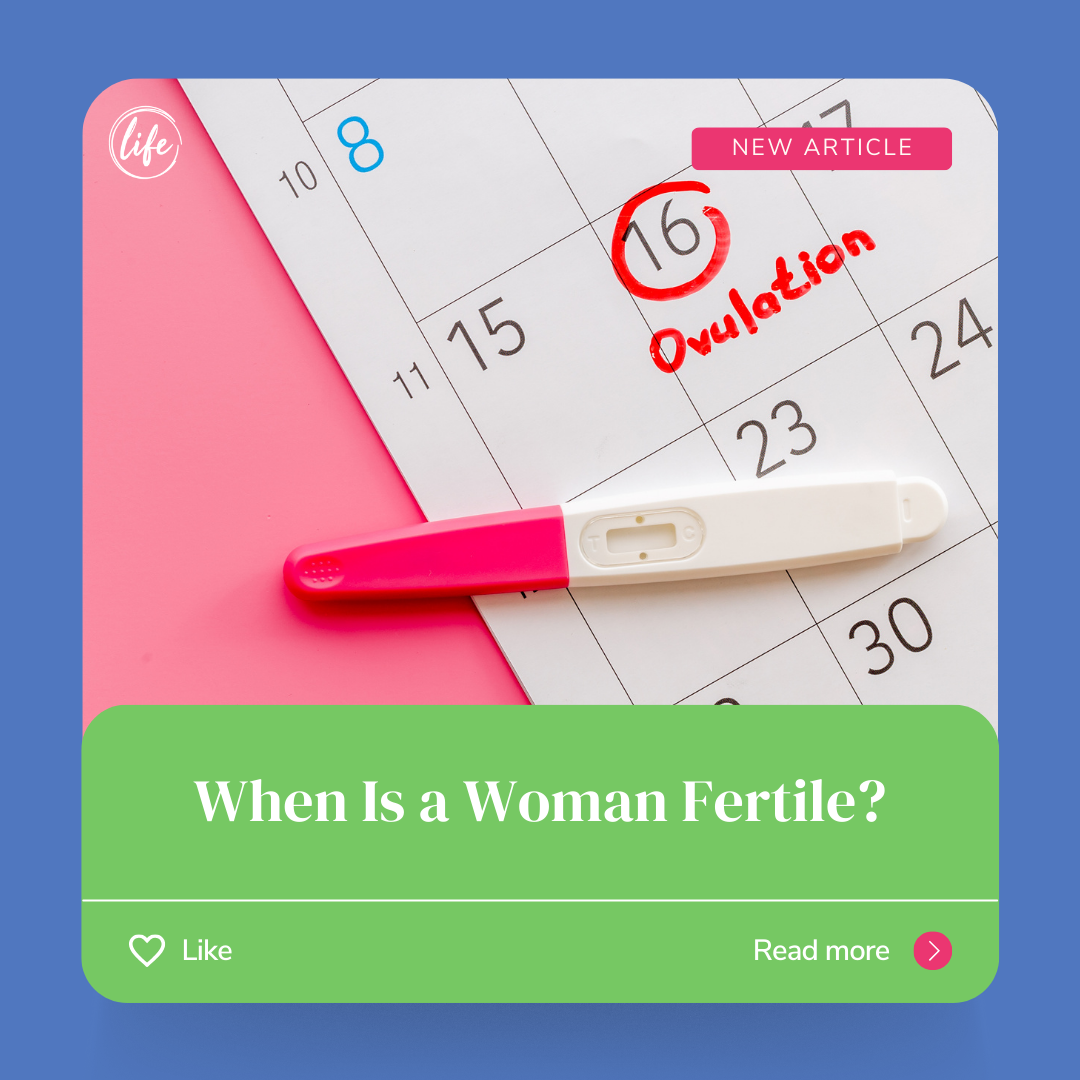
 To prevent unintended pregnancy or maximize your chance at conceiving, it’s important to understand a woman’s fertility. Contrary to popular belief, a woman cannot get pregnant any day of the month. Let’s discuss a woman’s fertile window:
To prevent unintended pregnancy or maximize your chance at conceiving, it’s important to understand a woman’s fertility. Contrary to popular belief, a woman cannot get pregnant any day of the month. Let’s discuss a woman’s fertile window:
The Menstrual Cycle
Women operate on a 28-day hormonal cycle known as the menstrual cycle. 28 days is the average cycle length, but a regular, healthy cycle can last anywhere between 21-35 days. The menstrual cycle has four phases: menses (period), follicular, ovulation, and luteal.
The menstrual cycle begins with the menses phase—more specifically, the first day of a woman’s period. If she did not get pregnant during her last cycle, a woman’s period will prepare her body for a potential pregnancy during her next cycle. During the menses phase, the uterus sheds its lining as menstrual blood. Once her body sheds old uterine lining and her period concludes, a woman moves into her follicular phase.
During the follicular phase, a woman’s uterine lining thickens once again, follicles grow in the ovaries, estrogen rises, luteinizing hormones rise, and a mature ovarian follicle releases an egg. With the release of this egg, a woman ovulates.
Ovulation and Fertility
We’re taught that a woman’s period is central to her menstrual cycle. In reality, a woman experiences menstrual bleeding for the sole purpose of ovulating and becoming pregnant—making ovulation the key event of her cycle.
The follicular phase concludes around Day 13 (of an average 28-day cycle), after the uterus has prepared itself to host a pregnancy and the ovaries have released an egg. Ovulation occurs around Day 14 and lasts only 12-24 hours. Ovulation marks peak fertility. The day of ovulation is the only day a woman can become pregnant.
However, it’s important to consider that sperm can survive in the body for 3-5 days. Therefore, if a woman has sex in the five days leading up to ovulation, she can still become pregnant. The day of ovulation and the five days leading up to ovulation are considered a woman’s fertile window.
Preventing Pregnancy or Conceiving
Whether you are seeking to become pregnant or prevent pregnancy, it is imperative to be aware of this window within your particular cycle. The only 100% effective way to prevent pregnancy is to abstain. Those who are sexually active must take greater precautions. To prevent pregnancy, a woman—and her partner—must be cognizant of her 6-day fertile window and abstain or practice safe sex accordingly.
There are many smartphone applications that allow women to track their periods.
However, these applications use algorithms based on an average 28-day cycle; if a woman has an irregular cycle, these algorithms may give incorrect fertility measurements, resulting in unintended pregnancies.
Natural Cycles is the first FDA-approved birth control application and is proven to be more effective than period trackers because it uses a number of biological markers, including basal body temperature, to understand your unique cycle and determine fertility status. This is a great option for women looking for a non-hormonal, non-invasive birth control method. Again, aside from abstinence, no method of birth control is 100% effective. Understanding your reproductive cycle is a key part of overall healthy living!
Learn more about the various stages of fetal development (conception, first, second, and third trimester) and don’t forget to follow us on social media (Facebook, Instagram, and TikTok).